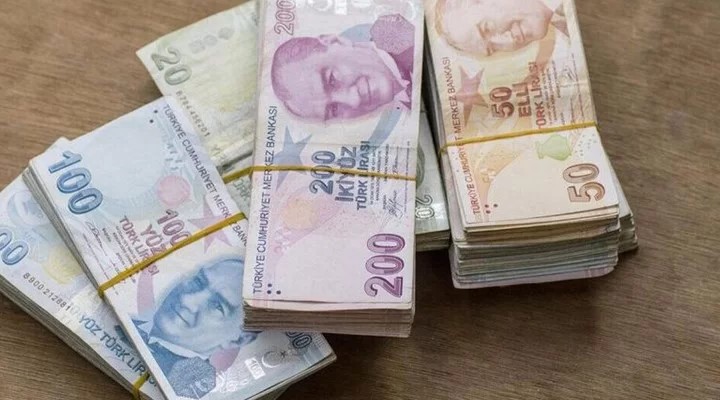
– As an ancient land and modern nation, Turkey today holds and protects the common past of all people.
– The only city in the world located on two continents is Istanbul, which has been the capital of three great empires – Roman, Byzantine and Ottoman – for more than 2000 years.
– Istanbul is the only city in the world located on two continents Europe and Asia. During its 25,000 year history, it has been the capital of the Roman, Byzantine, and Ottoman Empires.
– The number of archaelogical excavations going on in Turkey every year is at least 150.
– The oldest known human settlement is in Catalhoyuk, Turkey (7500 B.C.).
– Ephesus and Halicarnassus – two of the seven wonders of the ancient world – are in Turkey.
– Anatolia is the birthplace of historic legends, such as Homer (the poet), King Midas, Heredotus (the father of history), and St. Paul the Apostle.
– Julius Caesar proclaimed his celebrated words, “Veni, Vidi, Vici” (I came, I saw, I conquered) in Turkey when he defeated the Pontus, a formidable kingdom in the Black Sea region of Turkey.
– The famous Trojan Wars took place in western Turkey, around the site where a wooden statue of the Trojan Horse rests today.
– The first church built by man (St. Peter’s Church) is in Antioch Antakya, Turkey.
– The Amazons originated in Turkey’s Northeastern region.
– The First Ecumenical Council was held in Iznik, Turkey.
– Writing was first used by people in ancient Anatolia. The first clay tablets – in the ruins of Assyrian Karum (merchant colony) – date back to 1950 B.C.
– Prophet Abraham was born in Sanliurfa in Southeast Turkey.
– St. Nicholas, known as Santa Claus today, was born and lived in Demre (Myra) on Turkey’s Mediterranean coast. The village contains the famous Church of St. Nicholas, which contains the sarcophagus believed to be his tomb.
– Many archeologists and biblical scholars believe Noah’s Ark landed on Agri Dagi (Mount Ararat) in eastern Turkey.
– The last meal on Noah’s Ark, a pudding with nearly 40 ingredients, is still served throughout Turkey.
– The last home of Virgin Mary is in Selcuk, Turkey.
– St. John, St. Nicholas, St. Paul and St. Peter have all lived and prayed in Southern Anatolia.
– Part of Turkey’s Southwestern Shore was a wedding gift that Mark Anthony gave to Cleopatra.
– The first man ever to fly was Turkish. Using two wings, Hezarfen Ahmet Celebi flew from the Galata Tower over the Bosphorus to land in Uskudar in the 17th century.
– Homer was born in Izmir on the west coast of Turkey and he depicted Troy in his Epic the Iliad.
– Suleyman the Magnificent (the famous Ottoman Sultan) was a poet who wrote over 3000 poems some of them criticising the greed of mankind.
– One of the biggest and best preserved theatres of antiquity seating 15,000 is Aspendos on the southern coast of Turkey where international music festivals are held each year.
– Aesop – famous all over the world for his fables and parables – was born in Anatolia.
– Leonardo da Vinci drew designs for a bridge over the Bosphorus, the strait that flows through Europe and Asia. (It was never built then; but now there are two Bosphorus bridges.).
– President Woodrow Wilson was fond of telling some of the tales of Nasreddin Hoca (13th century Turkish wit and raconteur; UNESCO has declared a “Nasreddin Hoca year”, 1996-1997).
– Alexander the Great conquered a large territory in what is now Turkey – and cut the Gordion Knot in the Phrygian capital (Gordium) not far from Turkey’s present day capital Ankara.
– Greek Cynic philosopher Diogenes was born in Sinop on Turkey’s Black Sea Coast.
– Croesus – whose name is synonymous with great wealth – had his kingdom (Lydia) in Western Turkey.
– Smallpox vaccination was introduced to England and Europe from Turkey by Lady Montagu in early 18th century (after Turkish phsycians saved her son’s life).
– Istanbul’s Robert College, established in 1863, is the oldest American School outside the United States.
– Throughout history Anatolia – land of Turks has been a bridge between Europe and Asia where people of different origins have come together and mingled with the ones already settled each time creating a new sythesis.
– Early Christians escaping Roman persecution nearly 2000 years ago sheltered in Cappadocia in Central Anatolia.
– In 1492 Sultan Beyazid II, learning about the expulsion of Jews dispatched the Ottoman Navy to bring the Jews safely to the Ottoman lands. Like wise Jews expelled from Hungary in 1376; from Sicily early in the 15th century; from Bavaria in 1470; from Bohemia in 1542 and from Russia in 1881, 1891, 1897, 1903 all took refuge in the Ottoman Empire.
– As it was the case during the Bolshevik revolution, Turkey served as a safe passage an haven for those fleeing their native countries during the World War II, Turkey was one of the few countries in the world which welcomed the Jewish refugees escaping the horros of Nazism.
– During the Gulf War in 1991, Turkey welcomed nearly half a million Kurds from Northern Iraq, who were fleeing the torment of Saddam.
– Turkey provided homes for some 313,000 Bulgarian refugees of Turkish origin expelled from their homelands in Bulgaria in 1989.
– According to Turkish tradition a stranger at one’s doorstep is considered “A Guest from ALLAH” and should be accommodated accordingly.





